Historical influences on the evolution of ladies’ watches
The Watch Edit: Masters of Time by DFS
When we look back in history, the origin of wristwatches is resolutely feminine, as they were first designed for royalty as jewelry pieces instead of the large pocket watches that men attached to a fob chain on their outerwear. The earliest record of a “wristwatch” may be traced to the 1570’s, when Robert Dudley, the Earl of Leicester, a close friend of Queen Elizabeth I, gave her a diamond and ruby bracelet with a “clock” set in the clasp. About a century later, the official record of the first wristwatch was a commissioned piece, designed by famed watchmaker Abraham-Louis Breguet, for the Queen of Naples in 1810. Another notable piece dates from 1868, when Patek Philippe created a decorative jewelry piece adorned with a mini pocket clock hidden under a gold pierced double-folded cover case for Countess Koscowicz of Hungary.
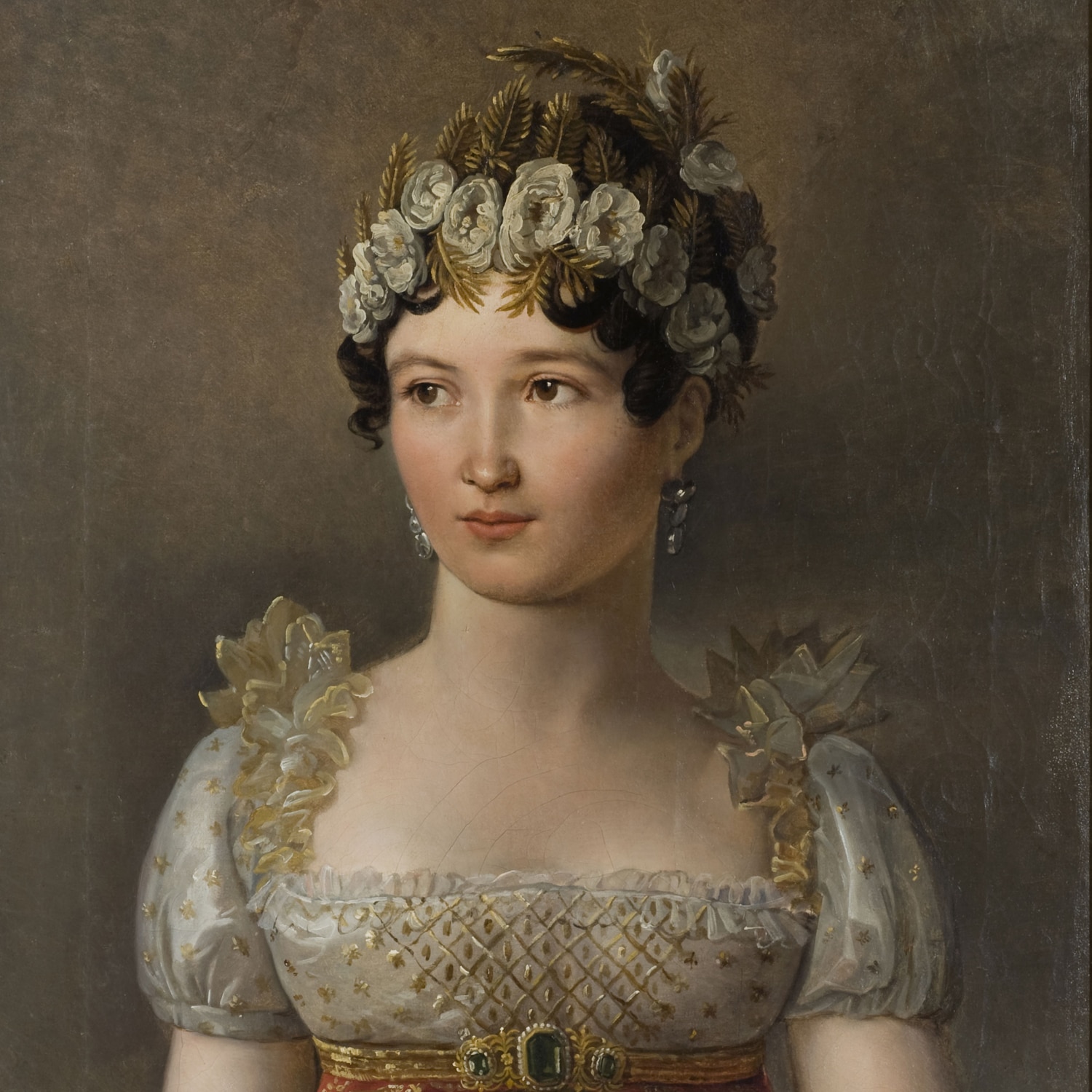
Caroline Bonaparte, Queen of Naples, for whom Breguet made one of the first wristwatches
The modern era has certainly taken inspiration from these historical pieces, as in the Jaeger-LeCoultre Rendez-Vous Secret, with the watch under a sparkling diamond-set hinged cover with a beautifully integrated diamond-set bracelet. A considerably more modern interpretation of the jewelry theme is presented in the Hublot Big Bang One Click King Gold Rainbow, with its rainbow-colored gemstone set bezel, serving as an example of how jewelry-inspired gem setting continues on wristwatches today.
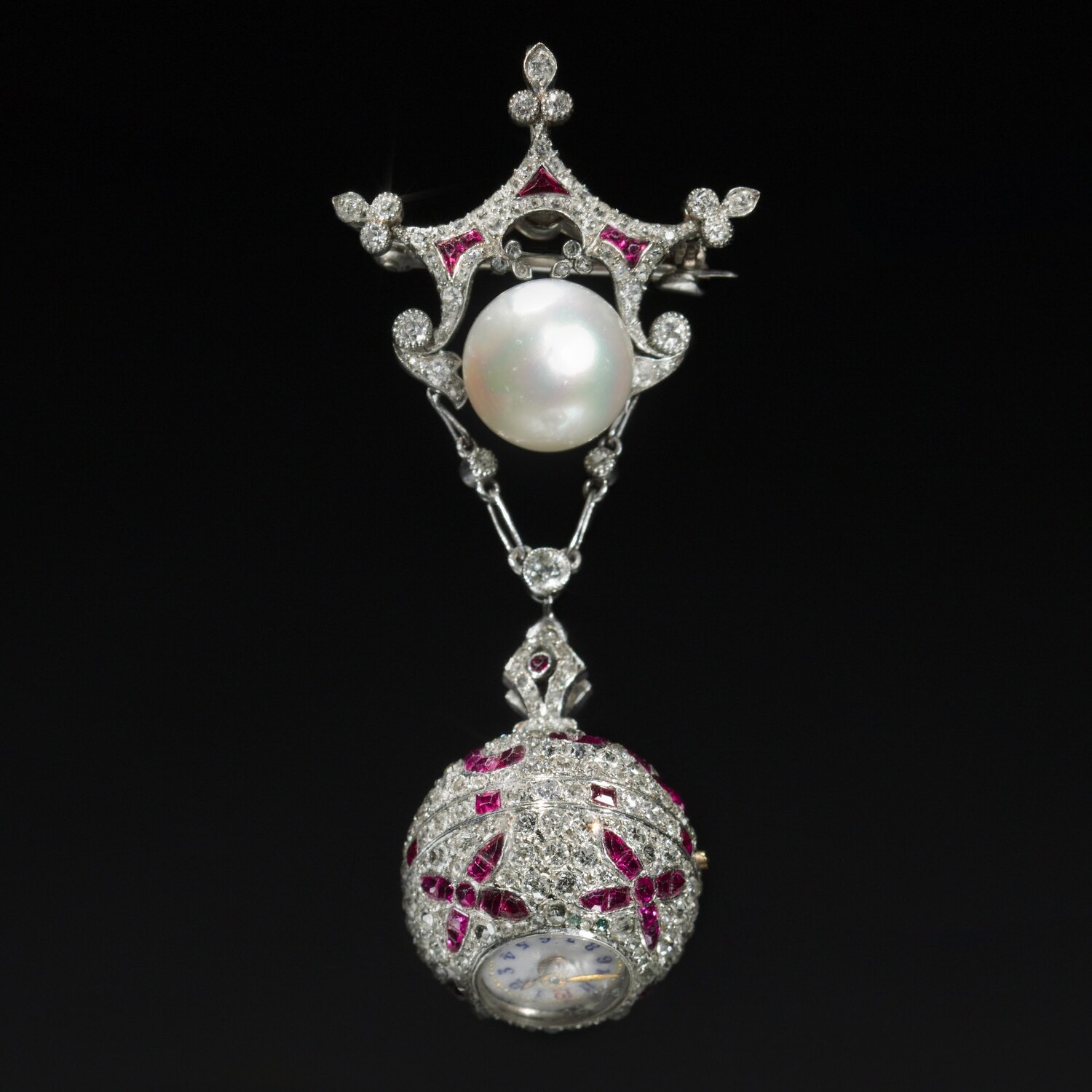
A bejeweled pendant watch from the late 19th century, attributed to the Maison Cartier
It isn’t until the late 19th century to early 20th century that brands started to look for alternatives to pocket watches, for primarily military functions, for soldiers to have access to time in a more practical fashion. After the first and second World Wars, there were many new functional complications and patents being developed. It could be said that functional wristwatches, from sea to land and sky, were stereotyped as being for men only, although there were an increasing number of female professionals who shared the same daring spirit. There is little doubt that Amelia Earhart, who was the first woman to fly solo across the Atlantic Ocean in 1937 and Dotti Frazier, the first female scuba diving instructor and leading figure in the United States in the 1940s, both would have needed wristwatches for their respective accomplishments. Perhaps today’s Breitling Navitimer which is presented in various sizes, including a 36mm version with a mint green dial and still equipped with its signature slide rule, would have been particularly useful to Earhart, while the TAG Heuer Aquaracer Blue Lagoon, also in a 36mm case size, may have been part of Frazier’s panoply.
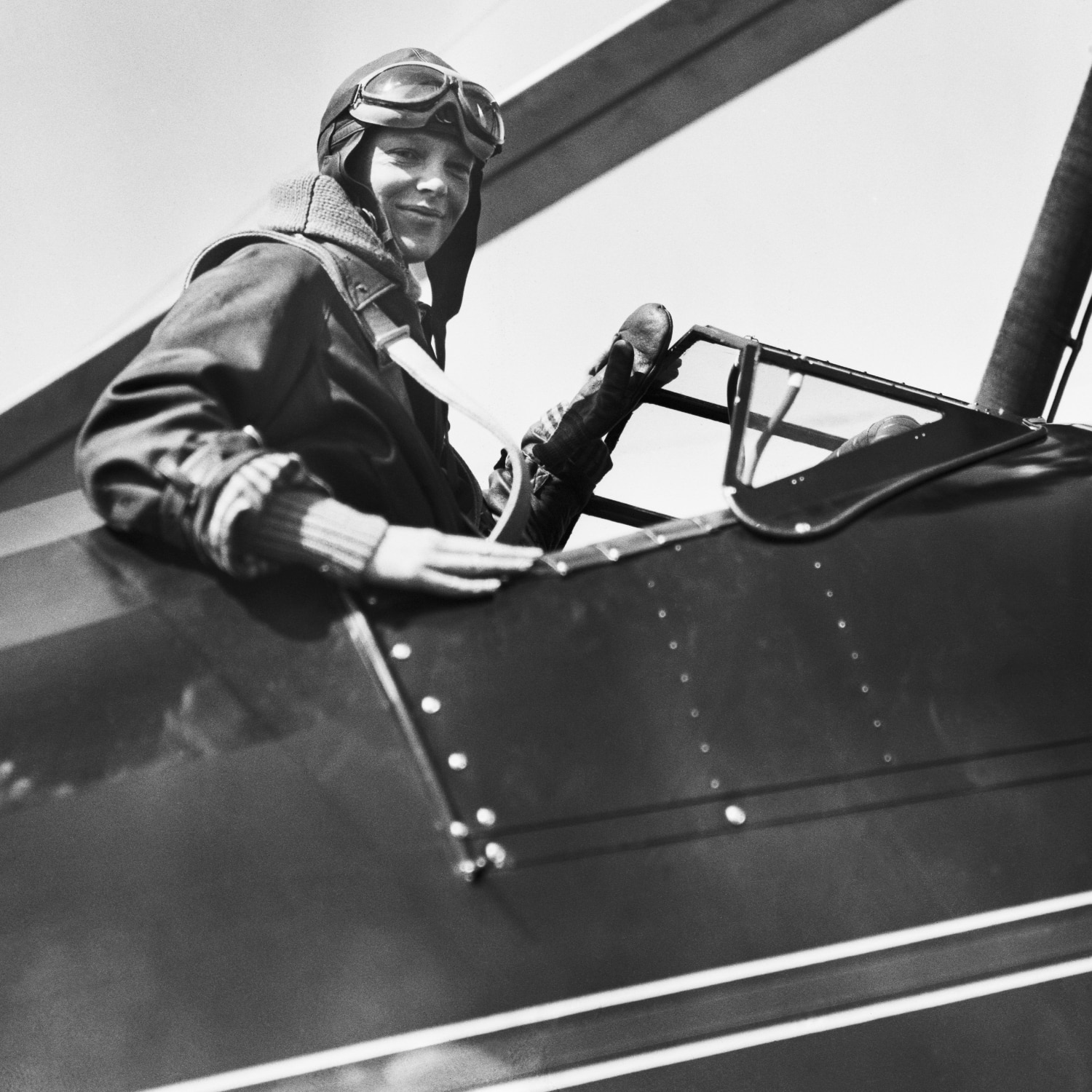
Aviation pioneer Amelia Earhart, the first female pilot to fly solo across the Atlantic
With more emerging female leaders and their voices gaining value from society, the accessories that women wore symbolized the rise of their power. While the Bulgari Serpenti would be representative of the ‘60s, with its symbolic meaning associated with the classic movie, “Cleopatra”, starring Elizabeth Taylor, it has continued until now as a truly iconic piece for the Italian maison. In the 1980s, we would observe a popularization of wristwatches with the design of men's and women's wristwatches increasingly influencing each other. The Piaget Polo is an excellent example of how one design evolved to be comfortably worn by men or women.
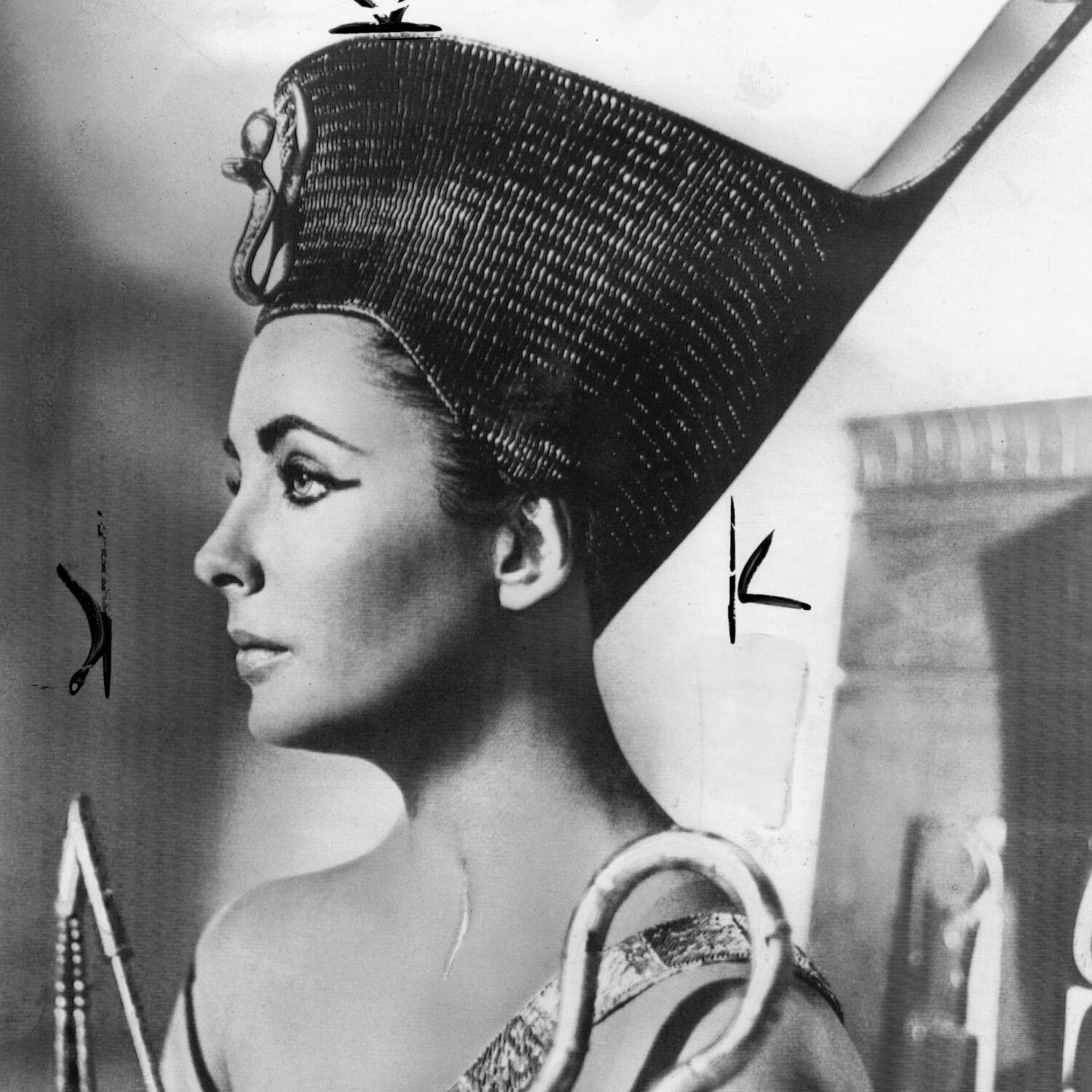
The legendary Elizabeth Taylor in the 1963 classic, Cleopatra
The modern lady’s high-end timepieces have continued to evolve from their jewelry-inspired origins with dedicated case designs and a greater variety of technical complications. Themes and symbols were applied to the pieces as a representation of identity. With the Van Cleef & Arpels Lady Arpels Heures Florales, there is an incredible artistic interpretation of a floral garden, utilizing all the savoir-faire on métiers d’art that the maison can provide, but also with a superlative technical aspect, as the time is told by the opening and closing of various flowers throughout the day in a seemingly random pattern.
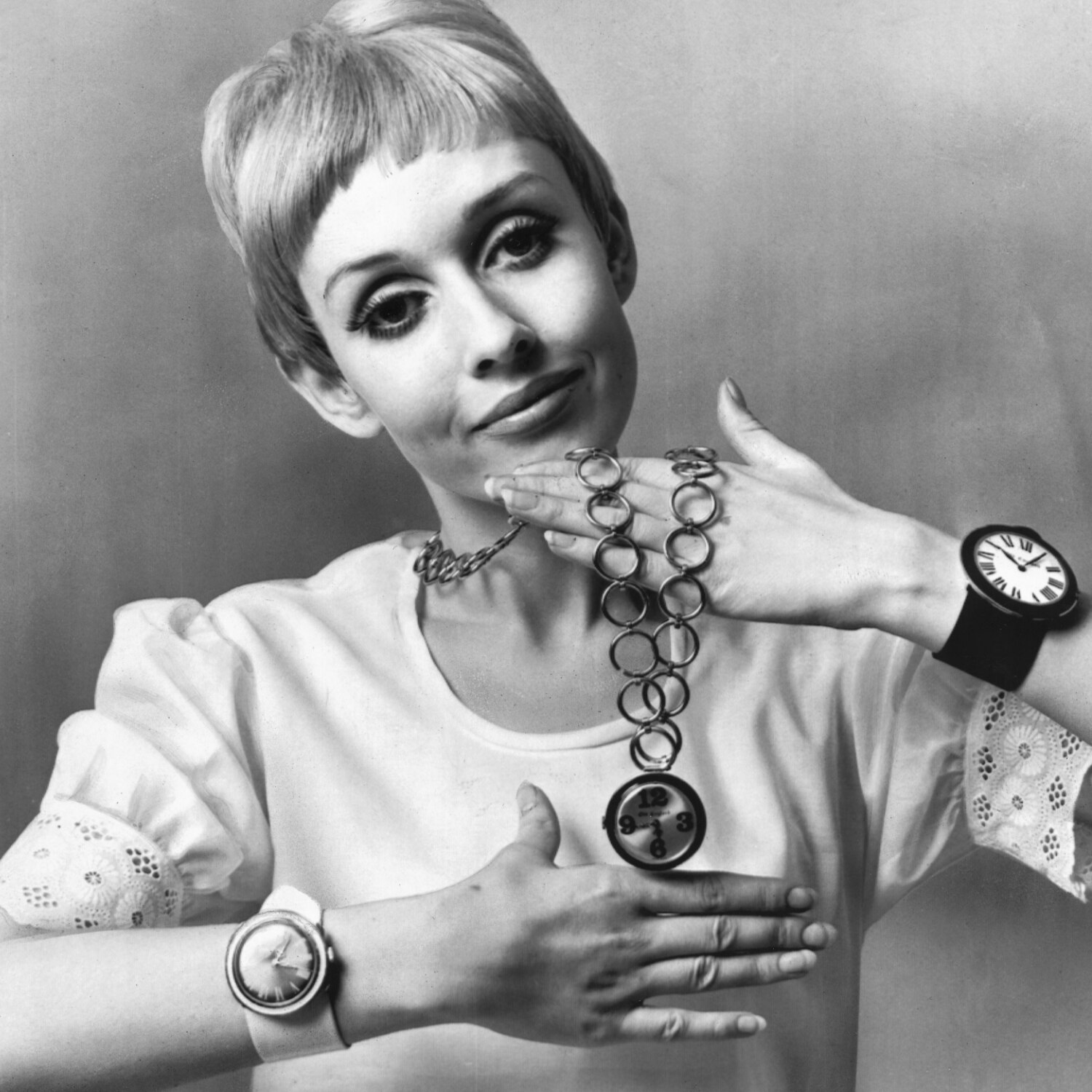
Ladies’ timepieces are continuously evolving and adapting to modern trends
There has certainly been a constant evolution, perhaps accelerated in recent years, where the line between men’s and women’s wristwatches is getting blurry with the rise of gender awareness. The use of colors on watches are being more bold and vivid with a more diverse range and shades to fit the needs for different personalities, styles and occasions, allowing ladies to freely choose the one that truly represents themselves.
















